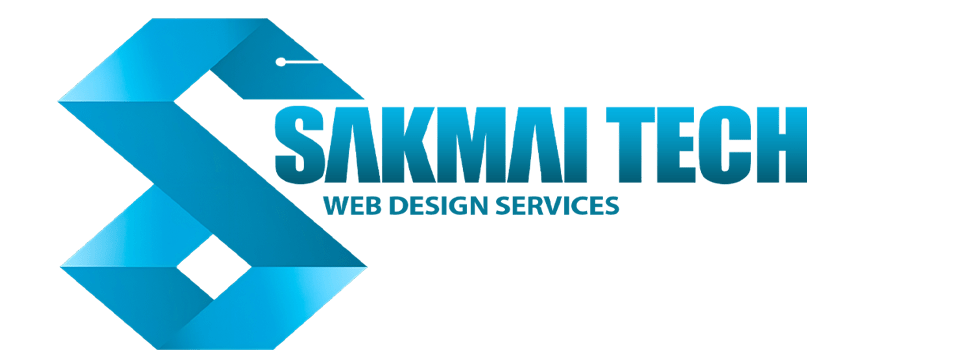
Amazon offers a spectrum of earning opportunities, ranging from building a full-scale e-commerce brand to earning commissions through content creation. The best strategy for you depends on your budget, time commitment, and interest in handling logistics.

I. Selling Physical Products (E-Commerce)
These methods involve selling physical goods to customers through the Amazon marketplace.
1. Fulfillment by Amazon (FBA)
This is the most popular method for creating a scalable business. You source products (often private label or wholesale) and ship them to Amazon’s fulfillment centers. Amazon handles storage, picking, packing, shipping, customer service, and returns.
- Pros: Highly scalable, access to Prime customers, completely hands-off logistics once inventory is received.
- Cons: High initial investment (for inventory and ads), reliance on Amazon’s fees and policies, high competition.
- Best For: Entrepreneurs looking to build a brand and manage a supply chain.
2. Retail/Online Arbitrage
This involves finding discounted products in retail stores (Retail Arbitrage) or other online stores (Online Arbitrage) and reselling them on Amazon for a profit.
- Pros: Low startup cost, immediate profit potential, simple to start.
- Cons: Difficult to scale (it’s hard to consistently find large quantities of the same deal), time-consuming hunting for deals, and potential brand restrictions.
- Best For: Beginners and those looking for a part-time side hustle with minimal upfront commitment.
3. Dropshipping / Merch on Demand
- Dropshipping: You list a product on Amazon, but when a sale occurs, a third-party supplier ships the item directly to the customer. You never hold inventory.
- Merch on Demand: You upload your creative designs for products like T-shirts and mugs. Amazon prints the item only when it’s ordered, handling all the fulfillment.
- Pros: Very low upfront cost, no inventory management.
- Cons: Lower profit margins (especially in dropshipping), little control over shipping/quality (dropshipping), highly competitive (Merch).
- Best For: Designers, artists, or those wanting a simple, low-risk entry into product selling.
II. Selling Digital Products & Content
These methods use Amazon’s publishing and media platforms to earn revenue.

4. Kindle Direct Publishing (KDP)
KDP allows you to self-publish e-books and print-on-demand paperbacks for free. You earn royalties on every sale.
- Pros: No upfront costs (other than design/editing), passive income potential, you retain control of the content.
- Cons: Requires strong writing or design skills, marketing is entirely up to you, saturated market in many niches.
- Best For: Writers, designers (creating low-content books like journals), and those seeking long-term passive income.
III. Referrals and Services
These options don’t require you to sell a product, but rather leverage your audience or your time.
5. Amazon Associates (Affiliate Marketing)
If you have a website, blog, or social media presence, you can sign up for the Associates Program. You promote Amazon products using unique tracking links and earn a commission (typically 1%–10%) on any qualifying purchases made through your links.
- Pros: No inventory, passive income stream once content is created, huge product selection.
- Cons: Requires an audience/traffic source, commissions are relatively small, payment depends on successful referrals.
- Best For: Content creators, bloggers, and influencers who already have an established audience.
6. Amazon Influencer Program (On-site Reviews)
This is a specialized form of affiliate marketing where approved influencers can upload short video reviews directly to Amazon product pages. When a customer watches your video and then purchases the product, you earn a commission.
- Pros: Highly passive once videos are made, doesn’t require sending traffic from external sites, Amazon promotes the videos.
- Cons: Acceptance into the program requires an existing social media presence, commission rates can be low.
- Best For: Content creators comfortable with making short, engaging video reviews.


